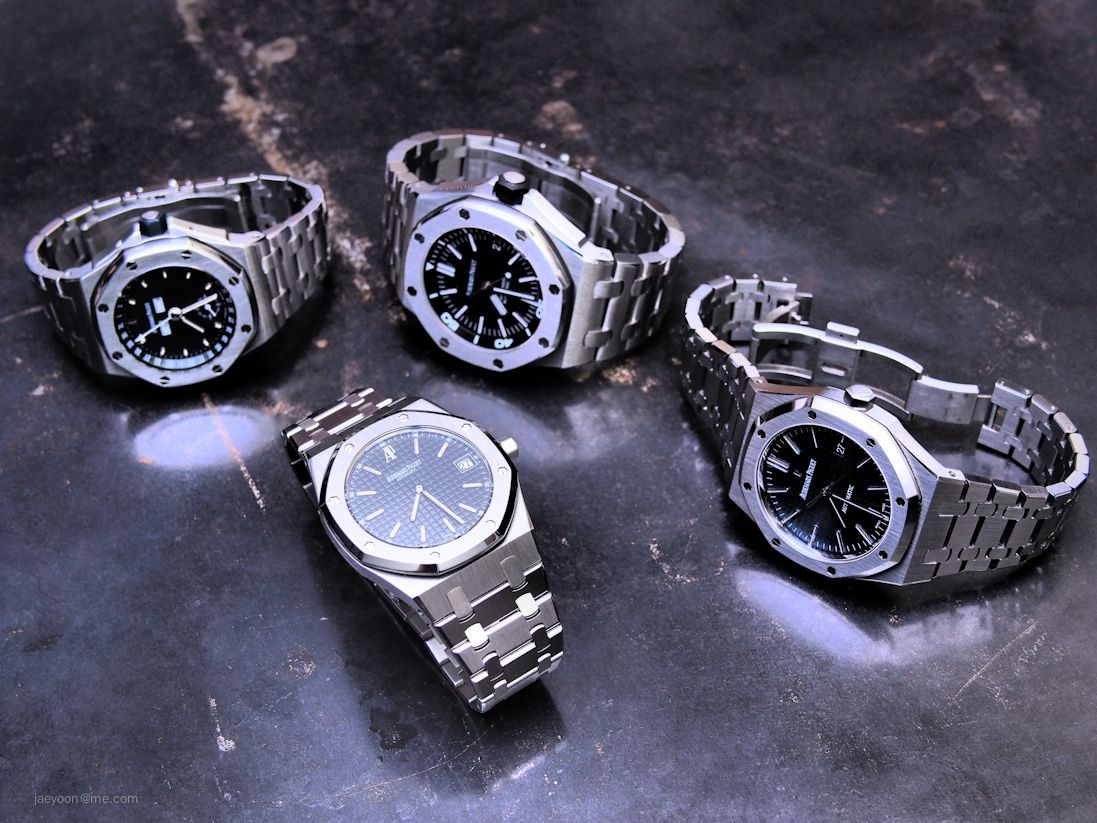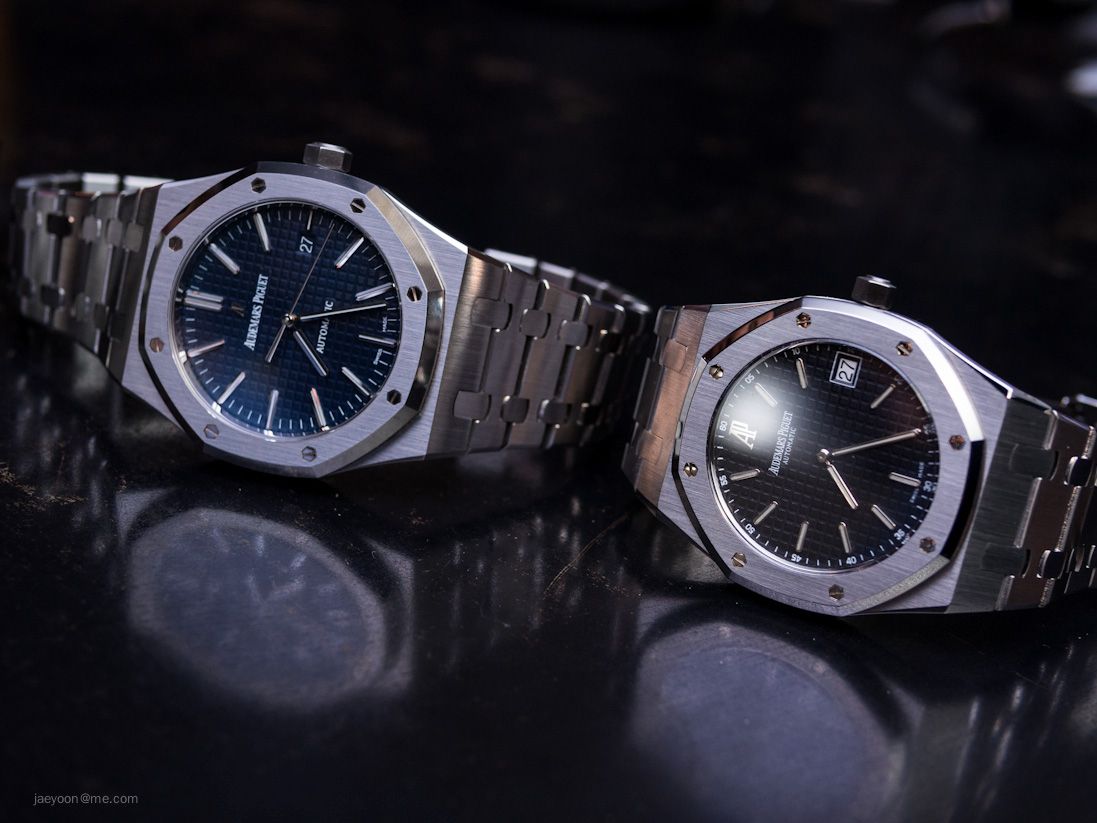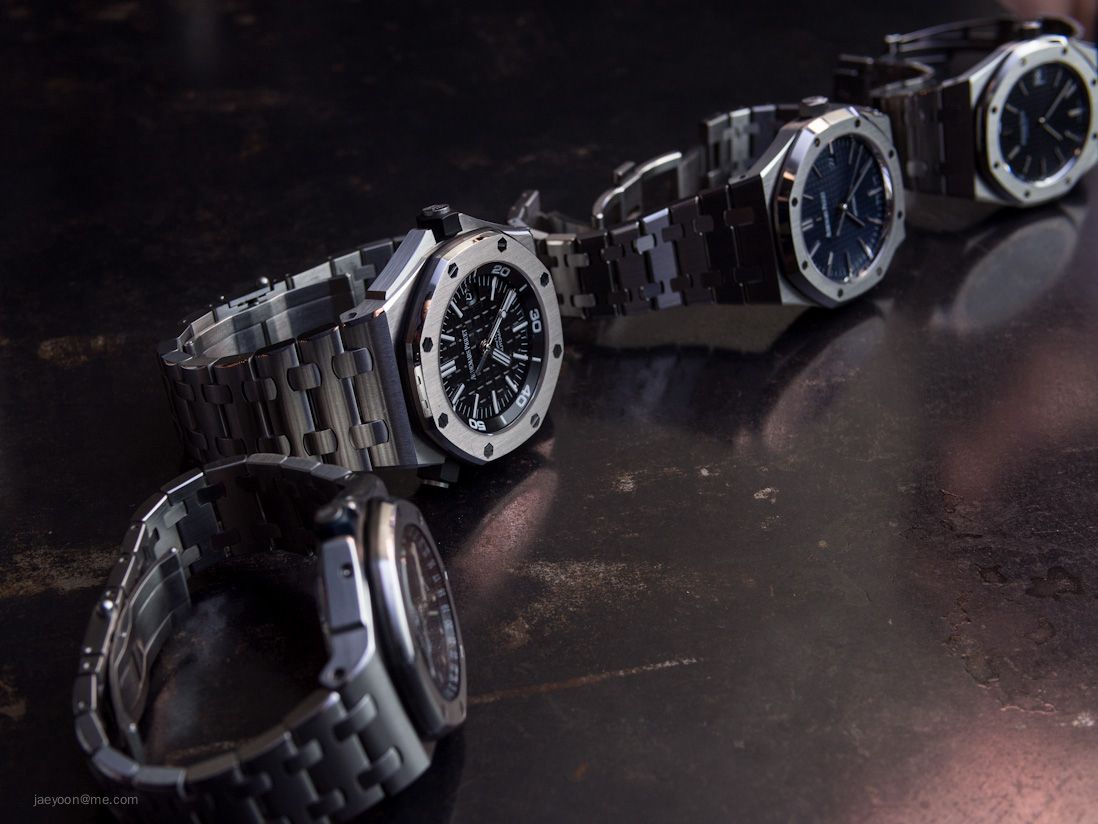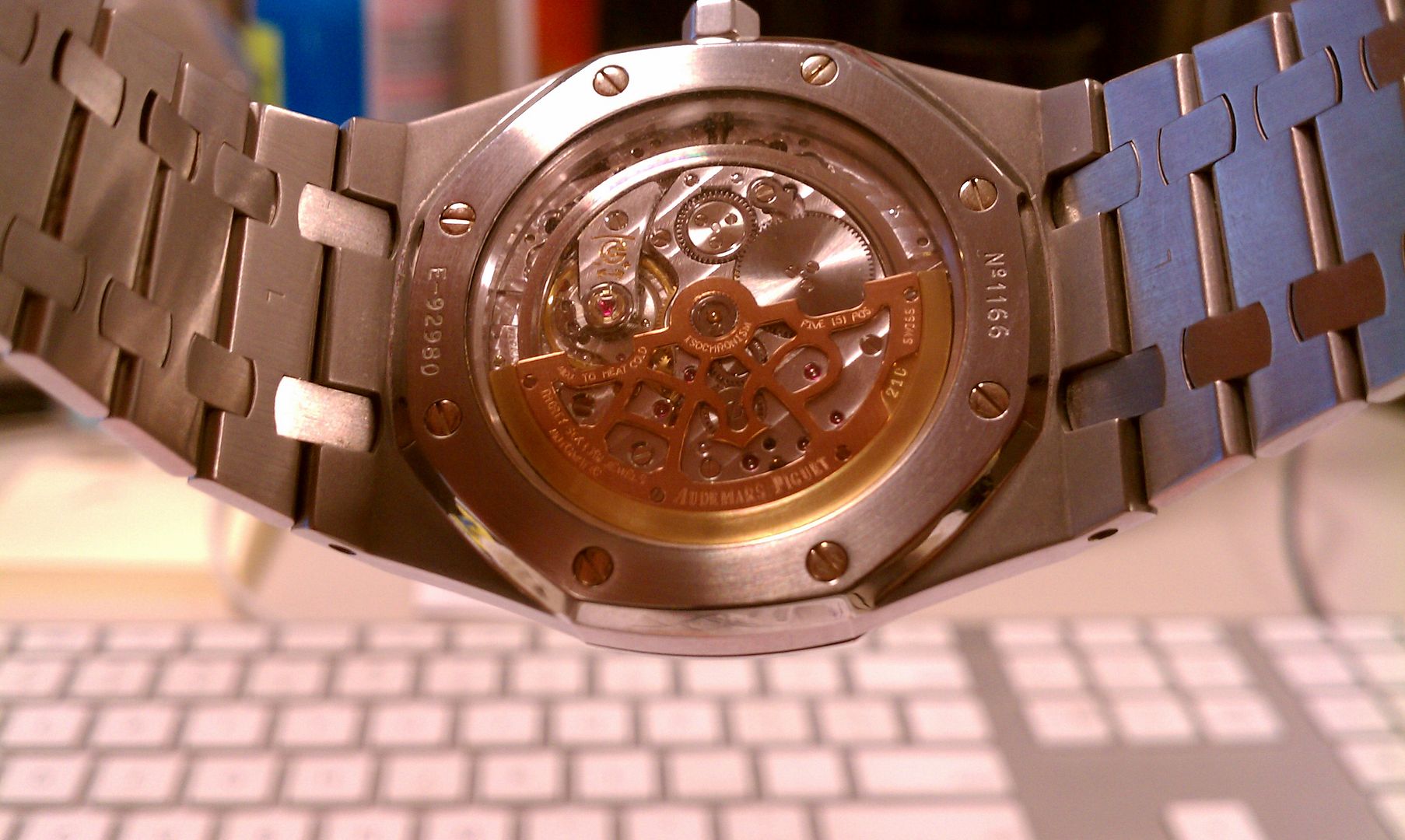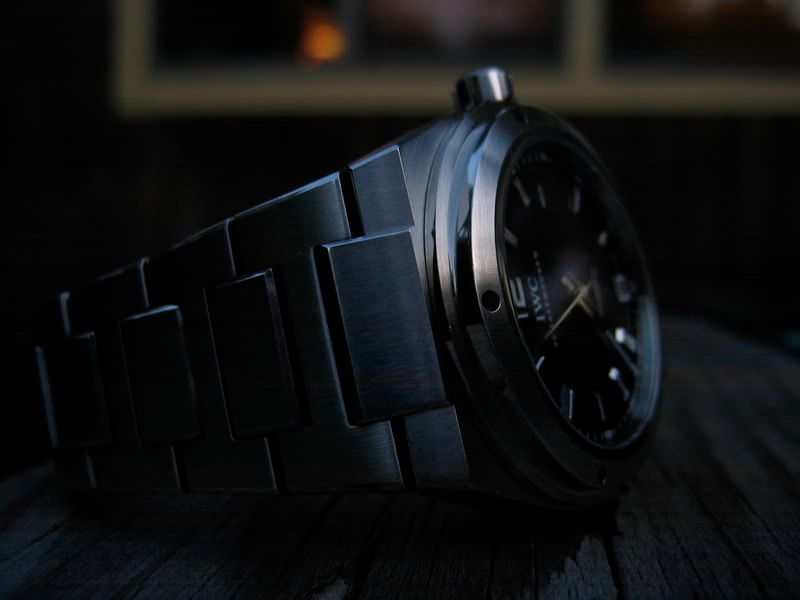Hi all...
So I had an opportunity to go into a High End watch store which stocked amongst other brands, Rolex, Patek Phillipe and IWC. Granted I only had a casual look through the glass and the two that I did hold (Rolex Sub & IWC Portuguese) were covered in plastic, but it did bring to mind the question of finishing on a watch. So I am here asking all the watch enthusiasts on this forum an important question about finishing on a watch (non-movement related finishing):
What is the real difference in the finish of the case and bracelet between a very good affordable, say a Tissot or a Hamilton vs a watch higher up in the spectrum such as a Rolex or an IWC? Is the difference readily observable at a casual glance, a close inspection or only under inspection with a loupe?
I would love to see comparison pictures of watches with different levels of finish. Please note that I am not interested in comparing the finishing of anything below the level of a something like a Tissot nor am I interested in the finishing of the movement or strap. My primary area of interest is the entire case, lugs and ss bracelet.
Incidentally the reason I am asking the question is that though I've never seen an Ananta in real life I was very intrigued by the blade polishing concept (and the relevant photos seemed interesting). Also heard many people commenting on the exceptional level of finishing on these. Then I saw a post on some other forum suggesting that whilst the finish was excellent for a Seiko it wasn't up to the same standard as an IWC. Having seen an IWC yesterday I must admit I was a touch underwhelmed. Although admittedly it was only a casual look as I held the plastic covered watch in my hand lol
So I had an opportunity to go into a High End watch store which stocked amongst other brands, Rolex, Patek Phillipe and IWC. Granted I only had a casual look through the glass and the two that I did hold (Rolex Sub & IWC Portuguese) were covered in plastic, but it did bring to mind the question of finishing on a watch. So I am here asking all the watch enthusiasts on this forum an important question about finishing on a watch (non-movement related finishing):
What is the real difference in the finish of the case and bracelet between a very good affordable, say a Tissot or a Hamilton vs a watch higher up in the spectrum such as a Rolex or an IWC? Is the difference readily observable at a casual glance, a close inspection or only under inspection with a loupe?
I would love to see comparison pictures of watches with different levels of finish. Please note that I am not interested in comparing the finishing of anything below the level of a something like a Tissot nor am I interested in the finishing of the movement or strap. My primary area of interest is the entire case, lugs and ss bracelet.
Incidentally the reason I am asking the question is that though I've never seen an Ananta in real life I was very intrigued by the blade polishing concept (and the relevant photos seemed interesting). Also heard many people commenting on the exceptional level of finishing on these. Then I saw a post on some other forum suggesting that whilst the finish was excellent for a Seiko it wasn't up to the same standard as an IWC. Having seen an IWC yesterday I must admit I was a touch underwhelmed. Although admittedly it was only a casual look as I held the plastic covered watch in my hand lol







